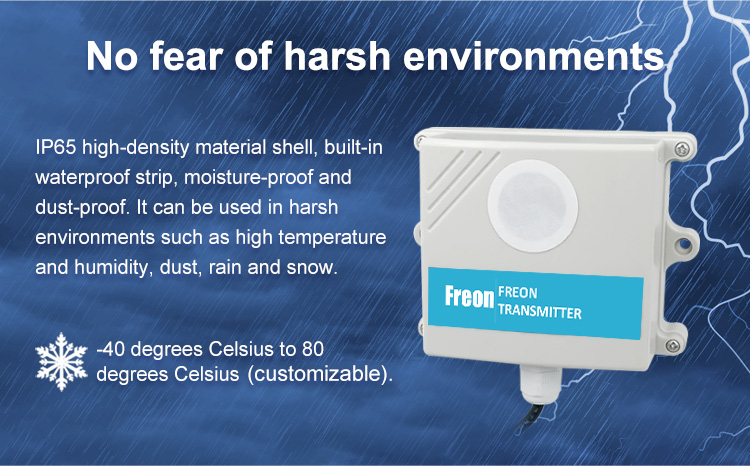Air pollution is a significant global issue that impacts public health and the environment. In many cases, the sources of air pollution are not readily visible, making it difficult for individuals and policymakers to understand the severity of the problem. Fortunately, advancements in gas sensor technology have made it easier than ever before to monitor air quality in real-time.
Gas sensors are devices that detect and measure the presence and concentration of various gases in the air. They are an essential tool for monitoring air quality, providing valuable information on the levels of pollutants in the air we breathe. In recent years, there has been a growing trend towards real-time air quality monitoring, with gas sensors playing a crucial role in this effort.
Real-time air quality monitoring involves the continuous measurement and reporting of air quality data. This approach provides policymakers and individuals with up-to-date information on air pollution levels, enabling them to take appropriate action to protect public health and the environment. Gas sensors are an essential component of real-time air quality monitoring, providing accurate and timely data on a range of pollutants.
One of the primary advantages of real-time air quality monitoring is its ability to identify sources of pollution quickly. By continuously monitoring air quality data, gas sensors can detect increases in pollutant levels and help identify sources of pollution. This information is critical for policymakers who need to make informed decisions about how to address air pollution and protect public health.
Real-time air quality monitoring is also an essential tool for individuals with respiratory issues like asthma. For these individuals, exposure to polluted air can trigger symptoms and exacerbate their condition. By providing real-time air quality data, gas sensors enable individuals to make informed decisions about when to stay indoors or take other precautions to avoid exposure to polluted air.
Gas sensors are used in a variety of settings to monitor air quality in real-time. One common application is in urban areas where traffic congestion is a significant contributor to air pollution. In these situations, gas sensors can be placed along roadways to measure the concentration of pollutants emitted by vehicles. This data can then be used to develop strategies to reduce pollution and improve overall air quality.
Real-time air quality monitoring is also important in industrial settings where pollutants are produced as a byproduct of manufacturing processes. Gas sensors can be used to monitor concentrations of harmful gases at industrial sites, enabling early detection of leaks or other issues that could pose a threat to human health.
Gas sensors are also used to monitor air quality in homes and public buildings. Indoor air pollution can come from a variety of sources, including combustion appliances, building materials, and cleaning products. Gas sensors can detect the presence of pollutants like carbon monoxide, formaldehyde, and volatile organic compounds (VOCs), providing invaluable information about indoor air quality.
In summary, real-time air quality monitoring is essential for protecting public health and the environment from the harmful effects of air pollution. Gas sensors play a significant role in this effort, providing accurate and timely data on a range of pollutants. By identifying sources of pollution quickly and enabling informed decision-making, real-time air quality monitoring can help reduce the impact of air pollution on society.
 : +86 155 8830 2704
: +86 155 8830 2704 : jxdziot@gmail.com
: jxdziot@gmail.com
